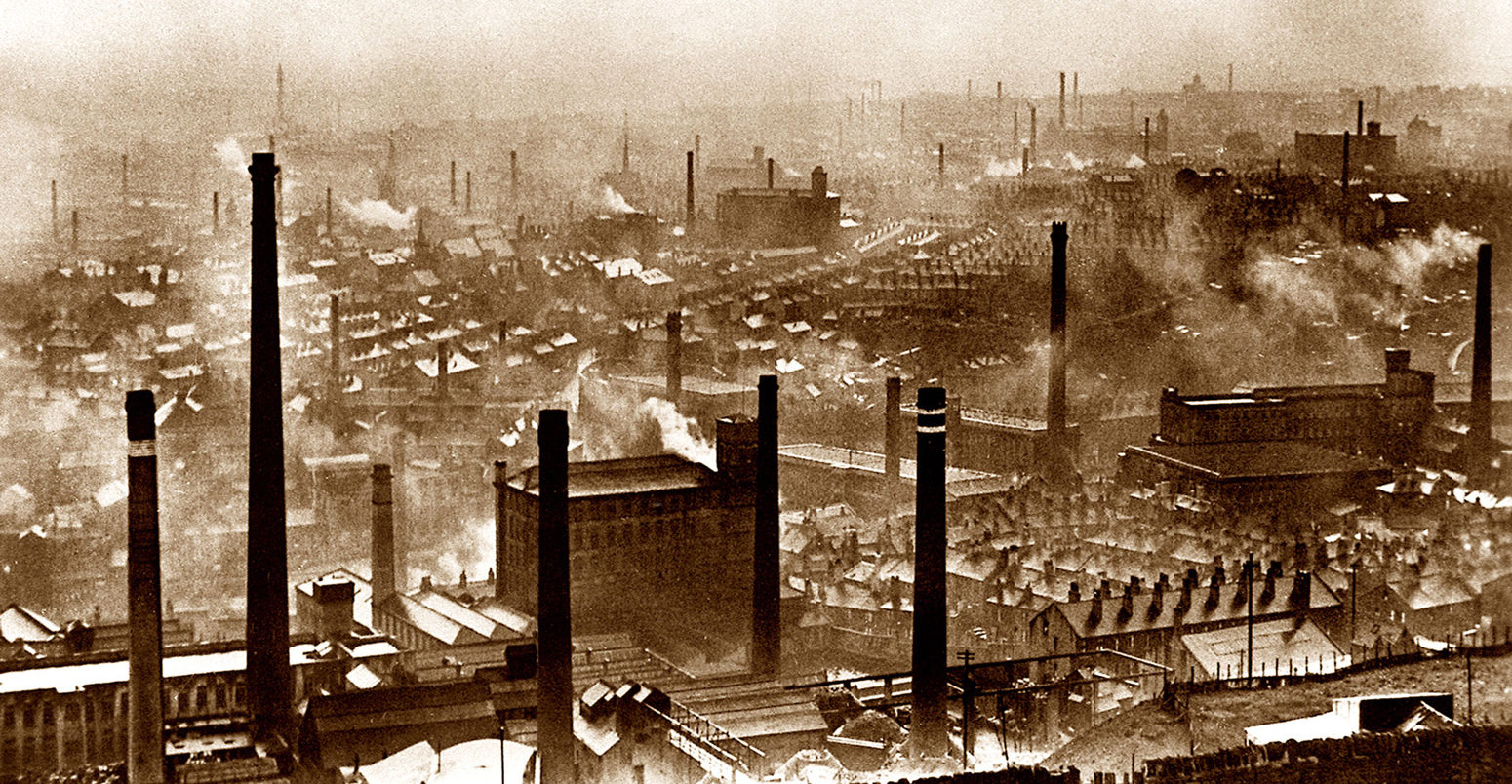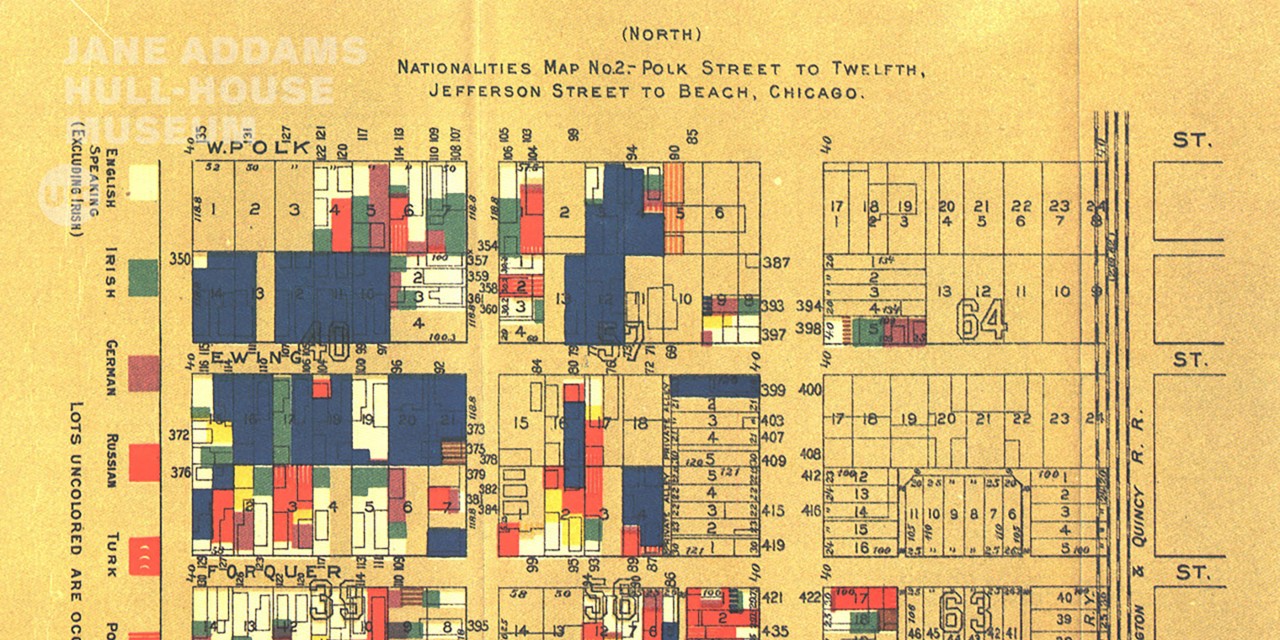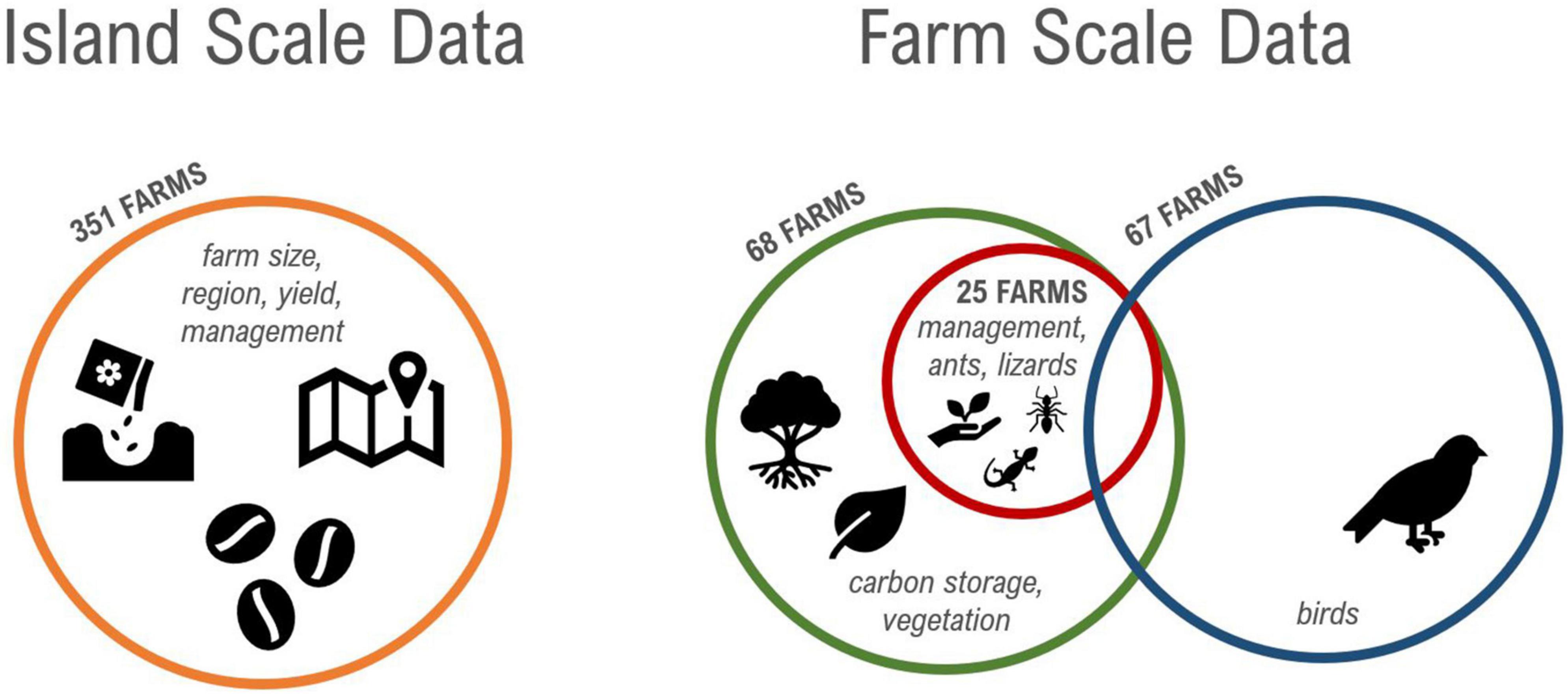Report on California’s Building Code Legislation and Climate Resilience Efforts
Introduction
In the wake of the devastating Los Angeles wildfires, Bay Area cities are actively developing strategies to reduce climate-heating emissions that exacerbate wildfire risks. However, recent legislative developments, specifically Assembly Bill 306 (AB 306), pose significant challenges to these local climate resilience efforts.
Overview of AB 306 and Its Implications
AB 306, intended to address wildfire recovery, has been fast-tracked as a budget trailer bill, potentially allowing approval by midnight Monday. Despite its stated purpose, the bill would:
- Ban most local governments from adopting stronger building codes that enhance energy efficiency until 2031.
- Limit local control and circumvent the standard legislative process in the state Senate.
- Pause critical improvements in building codes for six years, despite intensifying climate disasters and technological advancements.
Local Successes in Climate-Responsive Building Codes
San José and Palo Alto serve as exemplary models demonstrating the benefits of progressive building codes aligned with Sustainable Development Goals (SDGs), particularly SDG 11 (Sustainable Cities and Communities), SDG 7 (Affordable and Clean Energy), and SDG 13 (Climate Action):
- In 2019, both cities approved building codes emphasizing electrification and reducing reliance on gas hookups.
- Additional incentives were introduced for solar panels, electric vehicle chargers, and electric home appliances.
- These measures have resulted in:
- Cleaner air and reduced greenhouse gas emissions.
- Lower energy costs for thousands of residents.
- Increased climate resilience and public health protection.
Importance of Localized Solutions to Climate Challenges
Across California, cities tailor building codes to address unique local challenges such as sea level rise, housing shortages, and wildfire risks. This approach aligns with SDG 11 by promoting inclusive, safe, resilient, and sustainable urban development.
Concerns Regarding the Proposed Legislation
The proposed budget trailer bill threatens to:
- Halt progress on energy-efficient building codes, undermining climate action efforts (SDG 13).
- Increase vulnerability to future wildfires by restricting local clean energy policies that reduce climate-warming pollution.
- Remove local governments’ flexibility to update codes based on technological advances, impeding innovation and adaptation.
- Potentially worsen California’s housing affordability crisis, contrary to claims that it will aid fire victims.
Economic and Environmental Benefits of Energy-Efficient Building Codes
Evidence supports that energy code updates do not correlate with rising housing prices. On the contrary, they contribute to affordability and sustainability:
- Energy standards have saved Californians over $100 billion in utility costs over the past 50 years.
- The upcoming code update is projected to save an additional $4.8 billion.
- Efficient electric appliances reduce construction costs by up to $10,000 per housing unit by eliminating gas infrastructure needs.
Recommendations and Conclusion
To align with the United Nations Sustainable Development Goals, particularly SDG 7, SDG 11, and SDG 13, lawmakers should:
- Empower local communities to adopt and update building codes that promote energy efficiency and climate resilience.
- Support policies that facilitate the coexistence of pollution reduction and affordable housing development.
- Encourage agility and innovation in response to emerging technologies and localized environmental challenges.
Maintaining local control over building codes is essential for advancing climate action, protecting public health, and ensuring sustainable urban development in California.
1. Sustainable Development Goals (SDGs) Addressed or Connected
- SDG 7: Affordable and Clean Energy
- The article discusses building codes promoting electrification and energy efficiency, reducing reliance on gas hookups, and encouraging solar panels and electric vehicle chargers.
- SDG 11: Sustainable Cities and Communities
- Local governments crafting building codes tailored to community needs to address climate resilience, wildfire risks, and housing affordability.
- SDG 13: Climate Action
- Efforts to lower climate-heating emissions, reduce pollution, and increase resilience against climate disasters such as wildfires.
- SDG 3: Good Health and Well-being
- Improved air quality and public health benefits from reduced pollution and energy-efficient homes.
- SDG 9: Industry, Innovation and Infrastructure
- Promotion of advanced building codes and technologies for energy efficiency and clean energy infrastructure.
- SDG 1: No Poverty
- Addressing housing affordability and utility cost savings to reduce economic burdens on residents.
2. Specific Targets Under Those SDGs Identified
- SDG 7: Affordable and Clean Energy
- Target 7.3: By 2030, double the global rate of improvement in energy efficiency.
- Target 7.2: Increase substantially the share of renewable energy in the global energy mix.
- SDG 11: Sustainable Cities and Communities
- Target 11.6: Reduce the adverse per capita environmental impact of cities, including by paying special attention to air quality and municipal waste management.
- Target 11.b: Increase the number of cities adopting and implementing integrated policies and plans towards inclusion, resource efficiency, mitigation and adaptation to climate change.
- SDG 13: Climate Action
- Target 13.1: Strengthen resilience and adaptive capacity to climate-related hazards and natural disasters in all countries.
- Target 13.2: Integrate climate change measures into national policies, strategies and planning.
- SDG 3: Good Health and Well-being
- Target 3.9: Reduce the number of deaths and illnesses from hazardous chemicals and air, water and soil pollution and contamination.
- SDG 9: Industry, Innovation and Infrastructure
- Target 9.4: Upgrade infrastructure and retrofit industries to make them sustainable, with increased resource-use efficiency and greater adoption of clean and environmentally sound technologies.
- SDG 1: No Poverty
- Target 1.4: Ensure that all men and women have equal rights to economic resources, including access to basic services and affordable housing.
3. Indicators Mentioned or Implied to Measure Progress
- Energy Cost Savings
- Utility cost savings of over $100 billion over 50 years and projected $4.8 billion savings from new energy codes indicate progress in energy efficiency (related to SDG 7.3).
- Adoption of Building Codes
- Number of local governments adopting stronger building codes promoting electrification and energy efficiency (related to SDG 11.b and 9.4).
- Air Quality Improvements
- Reduction in pollution and improved air quality in communities with all-electric homes (related to SDG 3.9 and 11.6).
- Reduction in Climate-Heating Emissions
- Lowering emissions contributing to climate change and wildfire risks (related to SDG 13.1 and 13.2).
- Housing Affordability Metrics
- Cost savings in building homes with efficient electric appliances (up to $10,000 per unit) and impact on housing affordability (related to SDG 1.4).
4. Table of SDGs, Targets, and Indicators
| SDGs | Targets | Indicators |
|---|---|---|
| SDG 7: Affordable and Clean Energy |
|
|
| SDG 11: Sustainable Cities and Communities |
|
|
| SDG 13: Climate Action |
|
|
| SDG 3: Good Health and Well-being |
|
|
| SDG 9: Industry, Innovation and Infrastructure |
|
|
| SDG 1: No Poverty |
|
|
Source: calmatters.org






